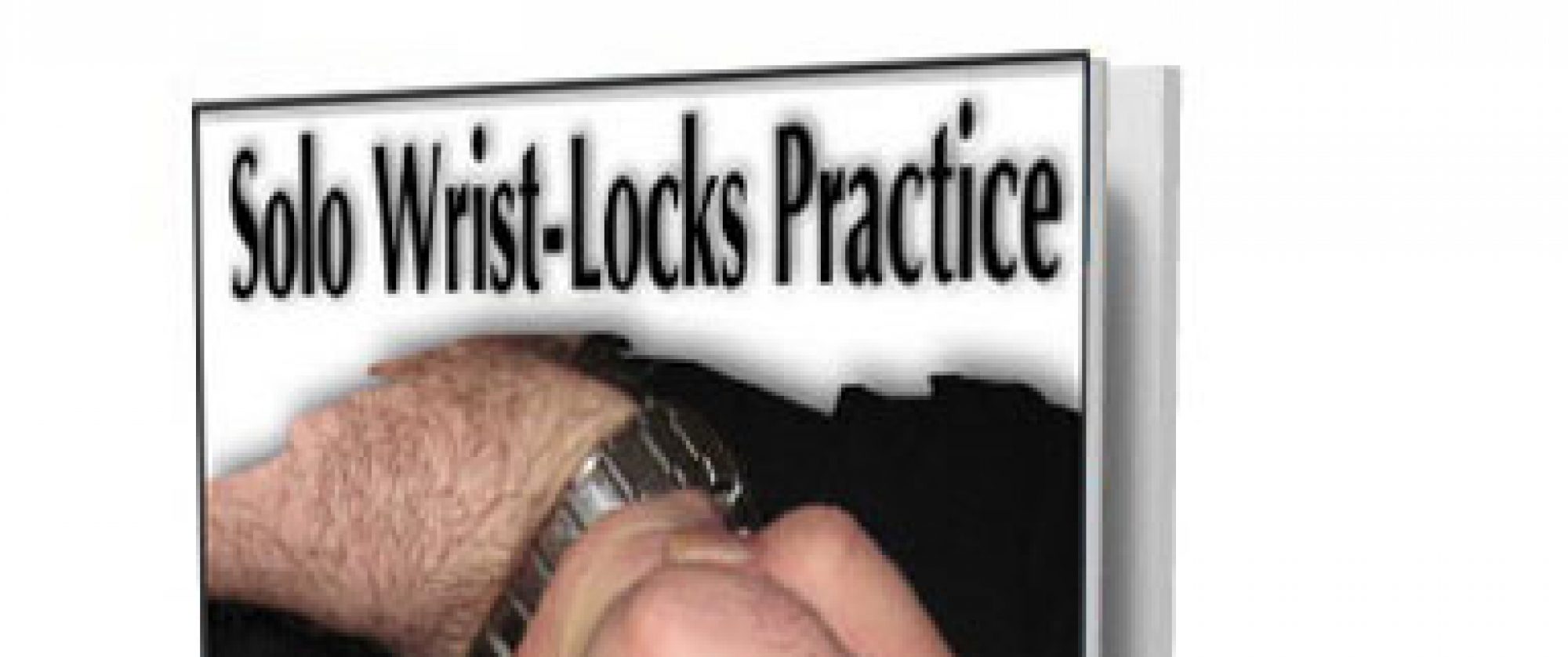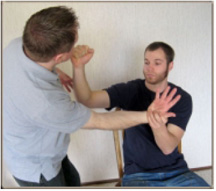Recently, I have had the opportunity to review over 250 security-guard sites. Not only were many of these websites dull, but many lacked some very important features.
The job got so tedious, that after narrowing the top sites down to 125, I hired someone to help me evaluate the best. I needed someone to help me qualify the good benefits of the content and resources that I had discovered.
You see, I was disappointed.
I had accepted the project in the hopes of finding some good representations of security officers training in wrist locks and joint locks. I mean, you’d think this would be one of the first skills that they’d want to acquire, right?
I couldn’t have been more disappointed. I only found two sites that even mentioned locks.
How disappointing for me, and how dangerous for the security guards of the world.
[headline_arial_small_left color=”#000000″]If You’re a Security Guard …[/headline_arial_small_left]
Hey, if you’re a security guard, then allow me the luxury of worrying about your safety.
You absolutely have to master the tools of your trade … night stick (baton), flashlight, gun … and your hands and feet. In an altercation, your job might prevent you from punching and kicking, but you might have to control the perpetrator … an unruly customer, a thief, and so on.
Could you control someone if you had to? Do you know enough locks and arm bars to keep you safe on the job? Enough to do your job effectively?
You don’t have to buy my book on Wrist Locks — at least not yet 😉 — start with any locks. Sign up to the free ecourse and list on the right. Practice that handshake lock with all of the scenarios and variations in the various lessons. Get really good at that lock … know how you’d use it in a real altercation.
And if you have questions … you can always ask at WristLocksExpert.com

